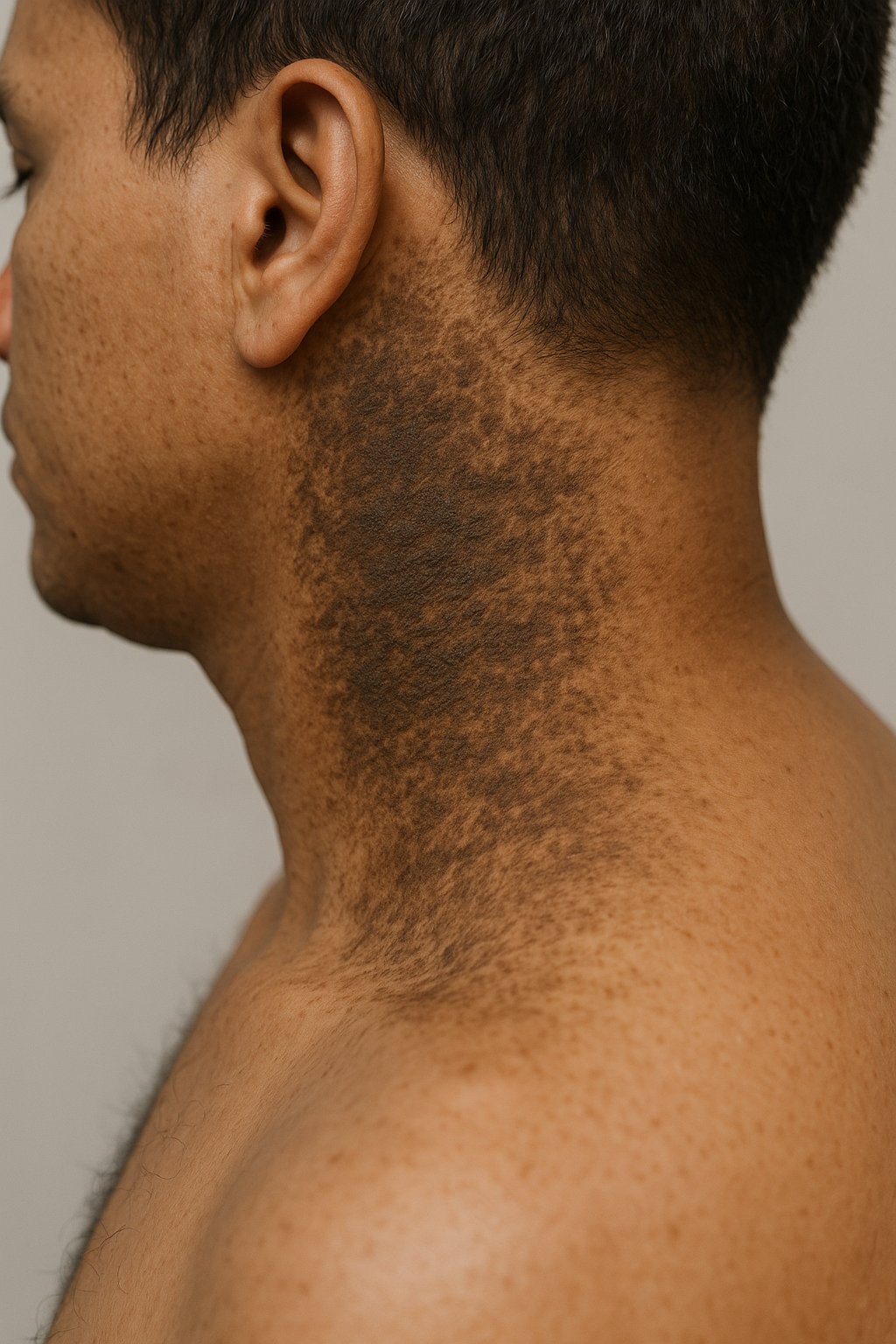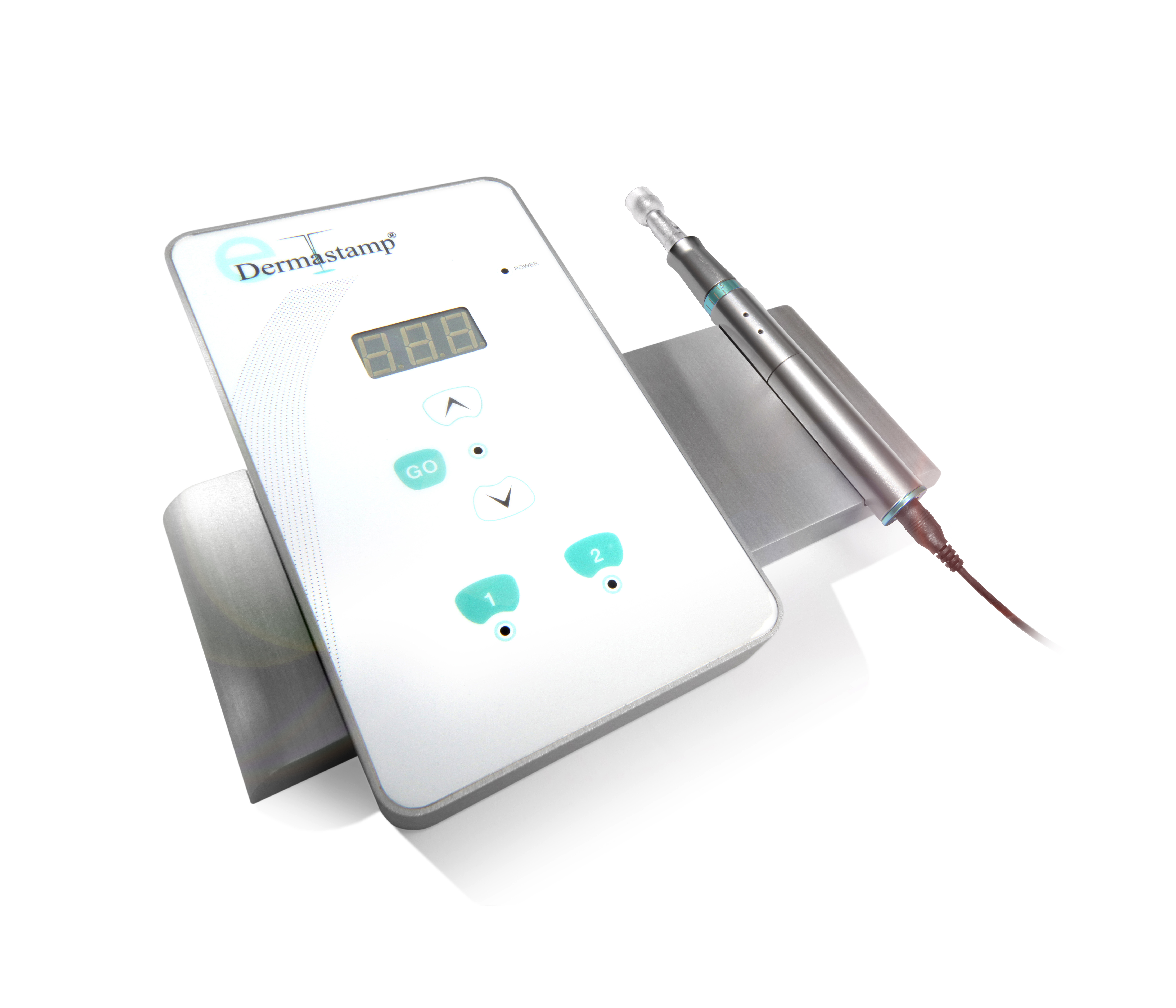Non-melanoma skin Cancer
Dermatology is not just clear and perfect skin. It is an everyday diagnosis, treatment, and prevention of skin cancers.
There are different types of skin cancers that broadly can be divided into two large groups – Non-Melanoma Skin Cancers and Melanoma.
N0n-Melanoma Skin Cancers comprise Basal cell carcinoma (BCC) and squamous cell carcinoma (SCC).
Basal cell carcinoma (BCC) and squamous cell carcinoma (SCC) are two common types of skin cancer and also called “non-melanoma skin cancer.” Basal cell carcinoma is the most abundant type of non-melanoma skin cancer which is caused by prolonged sun exposure. Its appearance can be depicted as a pink raised nodular lesion. Its spread over other organs is quite rare, but in some cases, it can turn into the wound that cannot heal and forms crusts which eventually will lead to the underlying destruction of body’s main structures.
Squamous cell carcinoma is the second abundant type of non-melanoma skin cancer. It is also caused by prolonged sun exposure. However, its appearance is different from BCC: scaly non-healing patch, nodule, or plaque. Unlike BCC, it can spread over other organs. Thus, the surgical treatment is highly recommended.
During the initial consultation, all changing moles and/or non-healing skin lesions are being examined because they are considered as the first signs of skin cancer. Dermatoscopy or Epiluminescence Microscopy are used since they help to magnify the assessed skin. In cases of suspicious characteristics, the skin biopsy is taken in order to finalize and confirm the diagnosis.
After the retrieval of biopsy results and confirmation of diagnosis, a few treatment options are being suggested.
Surgical excision including MOHS surgery, Curettage and electrodessication, cryosurgery, topical chemotherapy, and Radiation therapy.
Curettage and electrodessication method involves removal of BCC cancer by scrapping it with curettage. After, the skin is treated with electrosurgery in order to make sure that cancer cells have been completely removed. For more information about this treatment method, visit the following link:
https://cmsderm.ca/services/dermato-oncology/
The cryosurgery involves the destruction of cancerous cells by using extremely cold temperature and used mostly for the superficial types of non-melanoma skin cancer. Liquid Nitrogen is the most common agent which has a boiling temperature of -196 °C. The cold is applied on the affected skin area(s) with the usage of open spray, cryochamber, or special probe.
For more information about this treatment method, visit the following link:
https://cmsderm.ca/services/dermato-oncology/
For other treatment methods and further information about non-melanoma skin cancer, visit the following link:
One Comment
Comments are closed.
Related Posts




I am really glad to glance at this webpage posts which carries lots of helpful facts, thanks for providing these kinds of information.